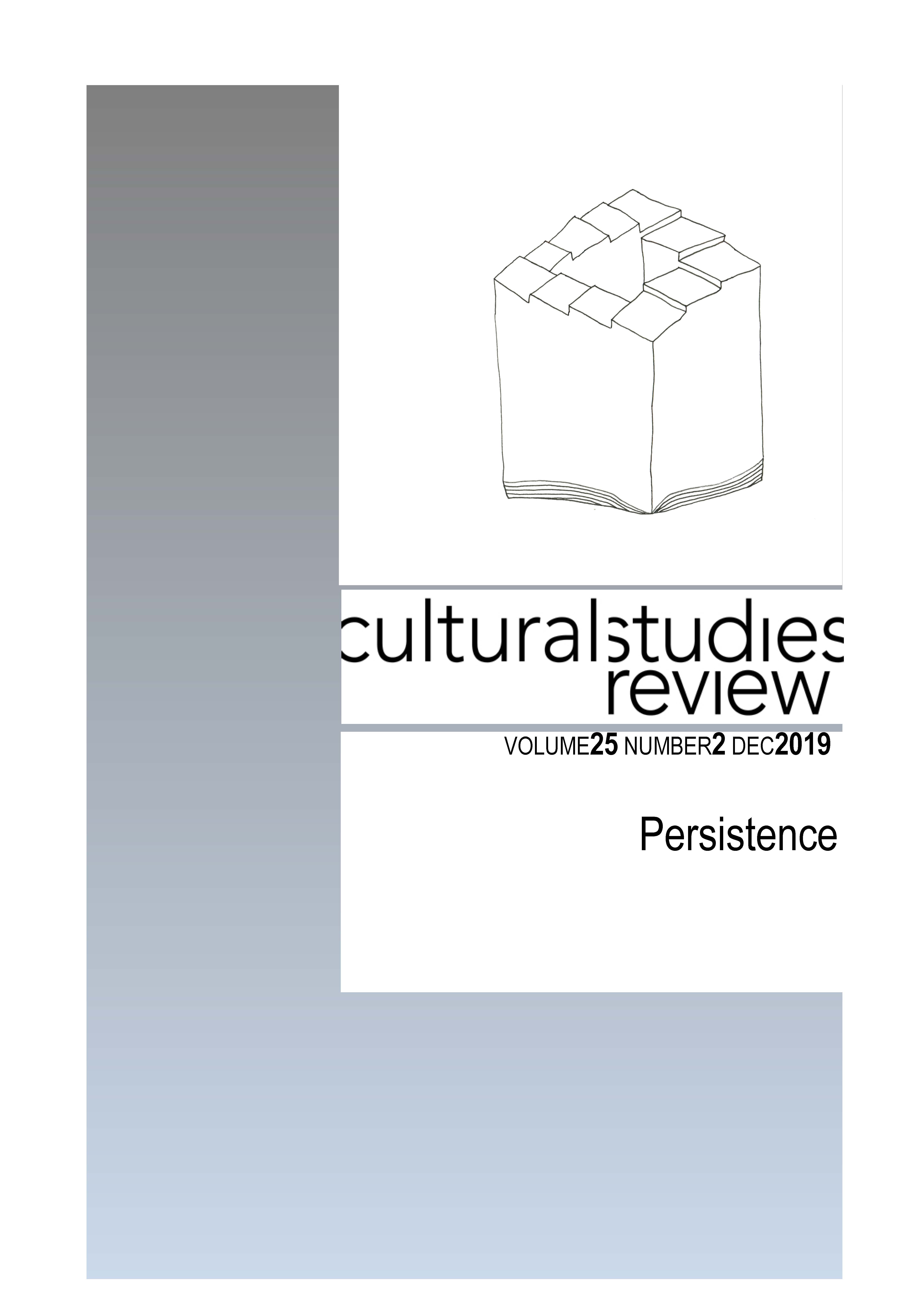Water Flourishing in the Anthropocene
Main Article Content
Abstract
What does it entail to foreground water flourishing as a stance toward the Anthropocene? During an exercise at the Anthropocene Campus Melbourne, about twenty participants individually drew images of ‘water flourishing’ leading, with only one or two exceptions of Edenic representations, to a wall of images depicting no humans. That small experience reproduced a larger cultural and environmental management configuration: people-less water flourishing. If we face such constraints in imagining, representing, and enacting hydro-flourishing, we remain stuck in familiar loops either of: 1) elemental thinking that excludes the human; or 2) anthropocenic thinking that too often addresses the human primarily as destroyer. How do we imagine our being with water in different ways? How do we move away from pervasive narratives of water crisis without, at the same time, romancing water? Feminist, decolonial, and Indigenous approaches to water and its cultural politics ask us to consider the elemental not only in substance, but also in rights regimes and in the project of flourishing. In this paper, we present examples of water flourishing projects and impasses from three sites: Kathmandu, Nepal; Perth, Australia; and the Florida Everglades, United States. All show both the problems and the promise of co-centering the human and nonhuman in their interdependent relations when it comes to water flourishing.
Article Details
Section
Authors who publish with this journal agree to the following terms:
a) Authors retain copyright and grant the journal right of first publication with the work simultaneously licensed undera Creative Commons Attribution License that allows others to share and adapt the work with an acknowledgement of the work's authorship and initial publication in this journal.
b) Authors are able to enter into separate, additional contractual arrangements for the non-exclusive distribution of the journal's published version of the work (e.g., post it to an institutional repository or publish it in a book), with an acknowledgement of its initial publication in this journal.
c) Authors are permitted and encouraged to post their work online (e.g., in institutional repositories or on their website) prior to and during the submission process, as it can lead to productive exchanges, as well as earlier and greater citation of published work (See The Open Access Citation Advantage Service). Where authors include such a work in an institutional repository or on their website (ie. a copy of a work which has been published in a UTS ePRESS journal, or a pre-print or post-print version of that work), we request that they include a statement that acknowledges the UTS ePRESS publication including the name of the journal, the volume number and a web-link to the journal item.
d) Authors should be aware that the Creative Commons Attribution (CC-BY) License permits readers to share (copy and redistribute the work in any medium or format) and adapt (remix, transform, and build upon the work) for any purpose, even commercially, provided they also give appropriate credit to the work, provide a link to the license, and indicate if changes were made. They may do these things in any reasonable manner, but not in any way that suggests you or your publisher endorses their use.
